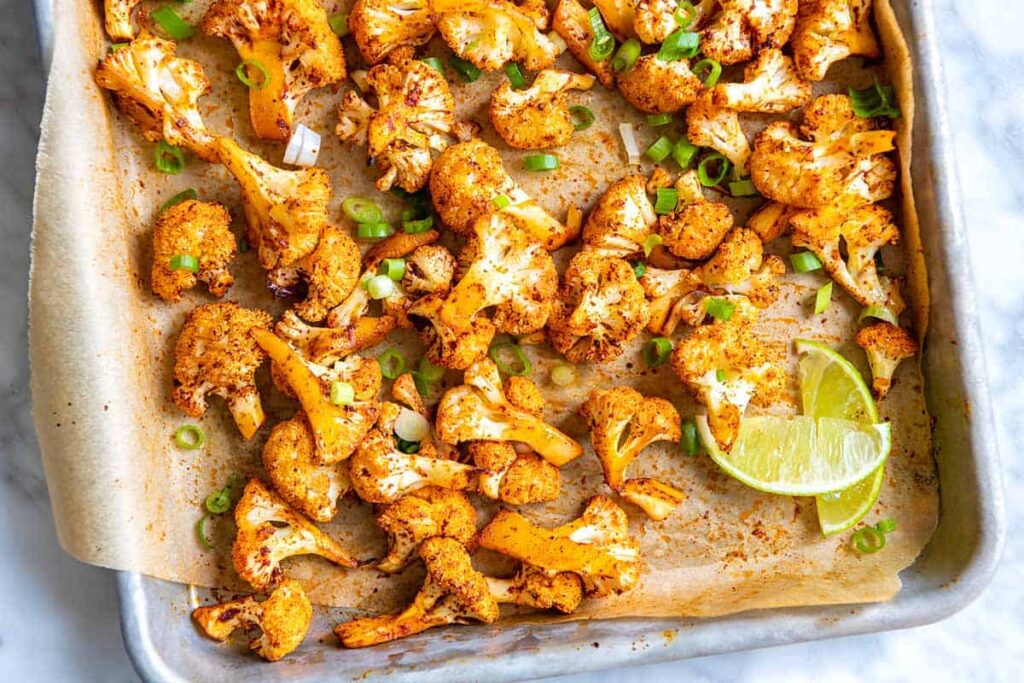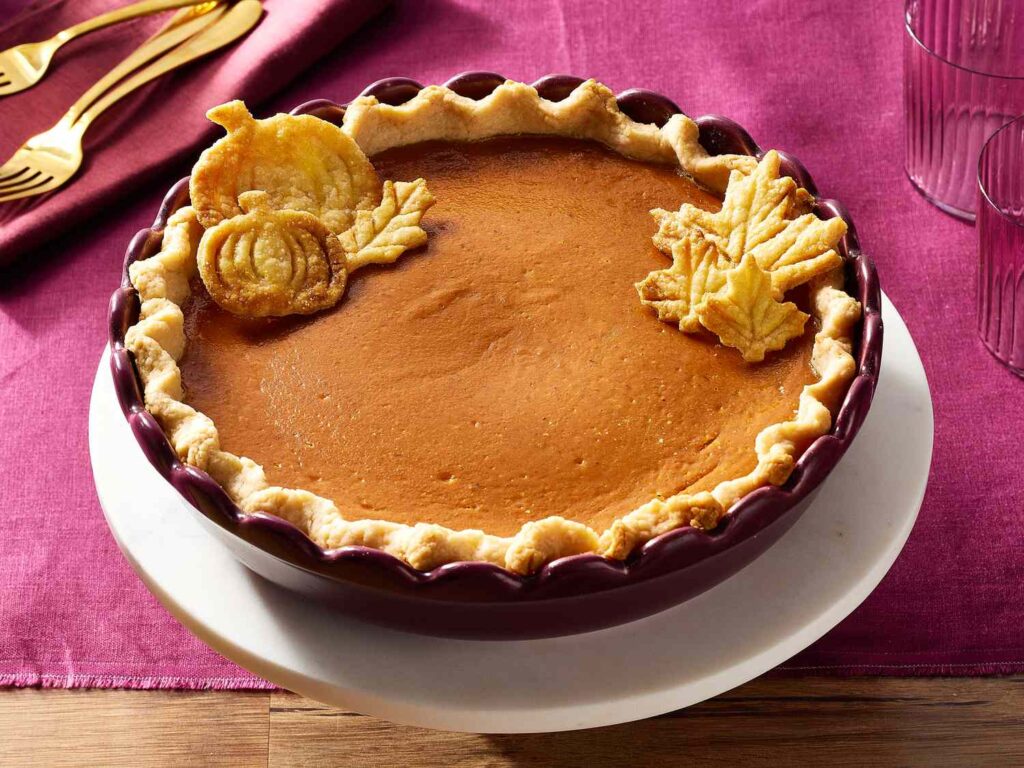Start your day with a delightful and satisfying frittata. This Italian-inspired egg dish is not only delicious but also incredibly versatile, allowing you to incorporate your favorite ingredients for a personalized breakfast experience.
1. Gathering the Essential Ingredients
Before you begin preparing your frittata, it’s essential to gather all the necessary ingredients. The beauty of this dish lies in its simplicity, requiring just a few staple items that you likely already have in your kitchen.
Eggs

Eggs are the star ingredient in any frittata recipe. For a standard 9-inch frittata, you’ll need 6 to 8 large eggs. Choose high-quality, fresh eggs for the best flavor and texture.
Milk or Cream
A splash of milk or cream helps to create a light and fluffy texture. You can use 2 to 3 tablespoons of milk, cream, or a dairy-free alternative like almond or oat milk.
Seasonings
Seasonings are essential for adding depth of flavor to your frittata. Salt and pepper are the bare minimum, but you can also experiment with herbs like parsley, chives, or basil, as well as spices like paprika or Italian seasoning.
Cheese
While not strictly necessary, a sprinkle of cheese can take your frittata to the next level. Grated Parmesan, cheddar, or feta are all excellent choices that will add a delightful richness to your dish.
With these essential ingredients on hand, you’re ready to embark on your frittata-making journey. Remember, the beauty of this dish lies in its versatility, so feel free to get creative with your fillings and seasonings.
2. Preparing the Frittata Base
With your ingredients gathered, it’s time to prepare the base of your frittata. This step is crucial for achieving a light and fluffy texture that will perfectly complement your chosen fillings.

Whisking the Eggs
Start by cracking the eggs into a large mixing bowl. Use a whisk or a fork to beat the eggs vigorously until they are well-combined and slightly frothy. This process incorporates air into the eggs, contributing to the desired light and airy texture.
Adding Milk or Cream
Next, pour in your desired amount of milk or cream. A general guideline is to use 2 to 3 tablespoons per 6 to 8 eggs. Whisk the mixture thoroughly until the milk or cream is fully incorporated, creating a smooth and consistent texture.
Seasoning with Salt and Pepper
Now is the time to add your seasoning. A pinch of salt and a few grinds of fresh black pepper are essential for enhancing the natural flavors of the eggs. If you’re feeling adventurous, you can also incorporate your favorite herbs or spices at this stage.
Incorporating Cheese (Optional)
If you’ve decided to include cheese in your frittata, gently fold it into the egg mixture now. Grated Parmesan, cheddar, or crumbled feta are all excellent choices that will add a delightful richness and depth of flavor to your dish.
Preheating the Oven
While you’re preparing the base, preheat your oven to 350°F (175°C). This temperature will ensure that your frittata cooks evenly and develops a beautiful golden-brown top.
With your frittata base ready, you’re now prepared to move on to the exciting step of customizing your dish with your favorite fillings. The possibilities are endless, so let your culinary creativity shine!
3. Customizing Your Frittata with Favorite Fillings
One of the most exciting aspects of making a frittata is the ability to customize it with your favorite ingredients. This versatile dish lends itself beautifully to a wide range of fillings, allowing you to create a unique and delicious breakfast experience every time.

Vegetable Delights
Vegetables are a natural choice for adding flavor, nutrition, and texture to your frittata. Consider sautéing diced onions, bell peppers, mushrooms, spinach, or tomatoes before adding them to the egg mixture. Roasted vegetables like zucchini, eggplant, or asparagus also make excellent additions.
Protein Power
For a heartier and more satisfying frittata, incorporate your favorite protein sources. Cooked and crumbled bacon, ham, sausage, or chorizo can add a savory depth of flavor. Alternatively, you can opt for plant-based proteins like cooked lentils, chickpeas, or tofu for a vegetarian or vegan twist.
Herb and Spice Infusions
Fresh herbs and aromatic spices can elevate the flavors of your frittata to new heights. Consider adding chopped basil, cilantro, dill, or chives for a burst of freshness. Spices like cumin, paprika, or za’atar can also lend an exotic touch to your creation.
Cheese Galore
Cheese lovers rejoice! Frittatas are the perfect canvas for showcasing your favorite cheeses. Shredded cheddar, crumbled feta, or grated Parmesan can be mixed directly into the egg base, while soft cheeses like goat cheese or brie can be dolloped on top before baking.
The key to a successful frittata is to distribute your chosen fillings evenly throughout the egg mixture. This ensures that every bite is bursting with flavor and texture. Don’t be afraid to experiment and combine different ingredients to create your own unique flavor combinations.
Remember, the beauty of a frittata lies in its versatility. Whether you’re in the mood for a hearty meat-and-veggie frittata or a lighter, vegetarian option, the possibilities are endless. Embrace your culinary creativity and let your taste buds guide you on a delicious journey.
4. Baking and Serving Your Homemade Frittata
With your frittata base prepared and fillings incorporated, it’s time to move on to the final step: baking and serving your delicious creation. This stage is crucial for achieving the perfect texture and ensuring that your frittata is cooked through while maintaining a beautiful golden-brown top.
Choosing the Right Pan
The type of pan you use can make a significant difference in the outcome of your frittata. An oven-safe skillet or baking dish is ideal, as it allows you to start the cooking process on the stovetop and finish it in the oven. A well-seasoned cast-iron skillet or a non-stick oven-safe pan are excellent choices.
Preheating the Pan
Before pouring in your egg mixture, preheat your pan or skillet over medium heat on the stovetop. Add a small knob of butter or a drizzle of oil to the pan and swirl it around to coat the bottom and sides. This step helps to create a beautiful golden-brown crust on the bottom of your frittata.
Pouring in the Egg Mixture
Once the pan is hot, carefully pour in your prepared egg mixture, ensuring that the fillings are evenly distributed throughout. Use a spatula to gently lift the edges of the frittata as it cooks, allowing the uncooked egg to flow underneath.
Baking to Perfection
After a few minutes of cooking on the stovetop, transfer the pan to the preheated oven. Bake your frittata for 15 to 20 minutes, or until the center is set and the top is lightly golden brown. To check for doneness, gently shake the pan or insert a toothpick or knife into the center – it should come out clean.
Letting it Rest
Once your frittata is cooked through, remove it from the oven and let it rest for a few minutes. This resting period allows the frittata to firm up and makes it easier to slice and serve.
Serving and Garnishing
When it comes to serving your homemade frittata, the possibilities are endless. You can slice it into wedges and enjoy it as is, or accompany it with a fresh green salad, roasted potatoes, or crusty bread. For an extra touch of flavor, consider garnishing your frittata with fresh herbs, a drizzle of pesto, or a sprinkle of grated cheese.

Whether you’re hosting a brunch gathering or simply treating yourself to a delicious breakfast, a homemade frittata is sure to impress. Its versatility and ease of preparation make it a go-to recipe for any occasion. Embrace your culinary creativity, experiment with different fillings, and savor the flavors of this Italian-inspired delight.
Please register as a member at here to comment & contribute content.


